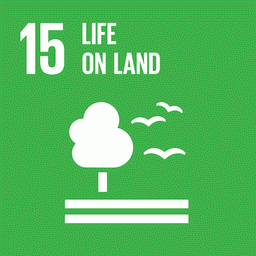Preliminary data for the annual Prodes system disclosed today by Vice President Hamilton Mourão show that, for the third consecutive year, the rate of deforestation in the Amazon has grown in relation to the previous year; it is the highest increase ever recorded in the last 12 years.
Between August 2019 and July 2020, INPE (Space National Research Institute, in a Portuguese acronym) recorded 11,088 square kilometers of forest cleared, or 9.5% more than recorded in the previous period. This increase still tends to rise by the time the final version of the data report is published, set to be released in the first half of 2021.
According to Vice President, similar to what happened in 2019, 30% of the deforestation took place in undesignated public forests, that is, public forestlands not allocated by the federal or state governments to a specific tenure, such as conservation or private use, and are, therefore, under the tutelage of the federal and state governments. It is a clear sign of land grabbing, which requires urgent action by the government.
By 2018, 23% of the almost 500 thousand km² of undesignated forests, approximately 116 thousand km², were registered irregularly as ‘private use land’ in the National Rural Environmental Registry System (Sistema Nacional de Cadastro Ambiental Rural, SICAR, in Portuguese). That is an attempt by land grabbers to forge property over an invaded area and seek regularization.
The accumulated deforestation by 2018 in these public forests totaled 26 thousand km², most of them took place precisely in land-grabbed areas. The data are part of a scientific article published last year by researchers from IPAM (Amazon Environmental Research Institute) and the Federal University of Pará.
“Undesignated public forests must be preserved, as they are essential to maintain the climate and water balance of the Amazon. There is an urgent need for deforestation to be stopped there, and for these areas to be protected,” said IPAM senior researcher Paulo Moutinho, who studies these areas. “[…] we have noted the growth of deforestation in these public forests in recent years, and no effective actions have been taken to curb the illegal invasion of the treasury and the dilapidation of public assets that belong to all Brazilians.”
Much of the occupation of undesignated public forests is focused on real estate speculation. Often, those who invade initially sell that land, with all environmental liabilities, to continue to profit from new land grabbing.
“The strategies to control deforestation are in place, and they work. Command and control actions must be put in place to curb illegality; designate public forests for conservation, and thus remove them from the market; and, at the same time, encourage the good use of consolidated and now abandoned lands, where it is possible to expand agricultural activities,” said André Guimarães, executive director of IPAM. “With investment and planning, it is possible to stop deforestation in the Amazon.”
